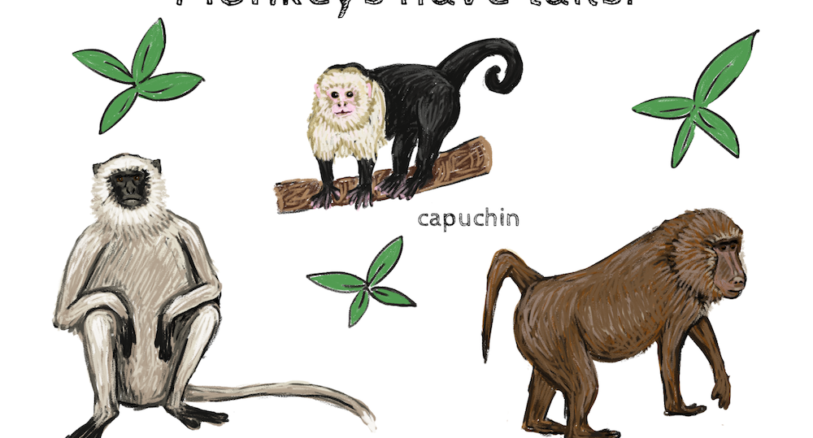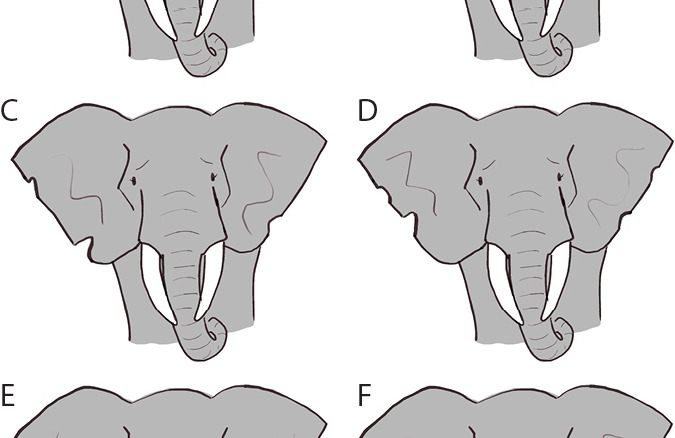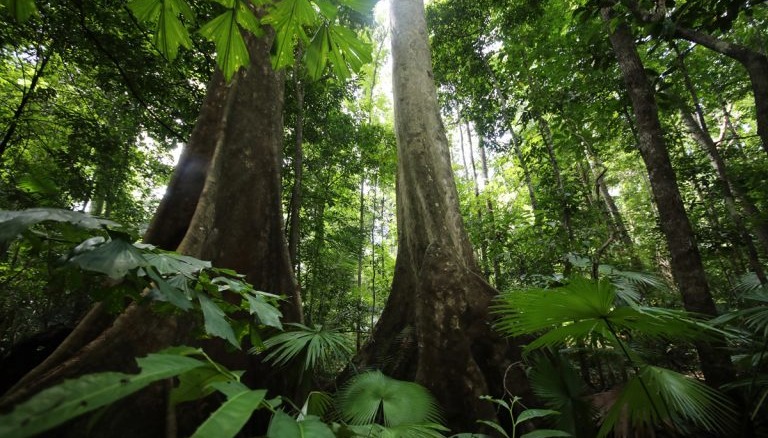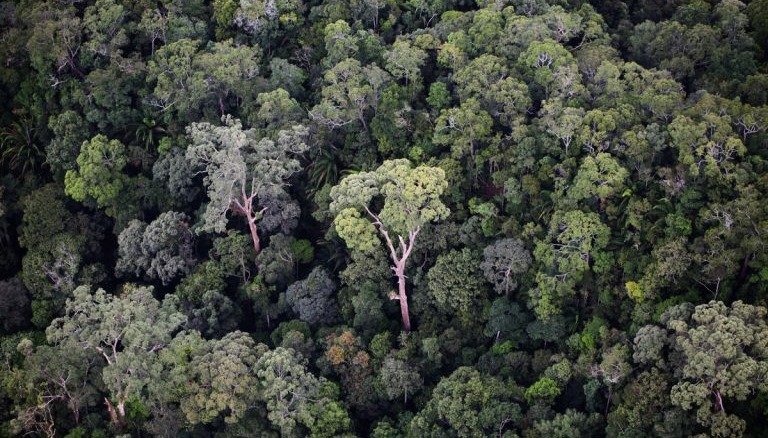Spotted today: a beautiful wattle tree (Acacia) in flower in Victoria, Australia.
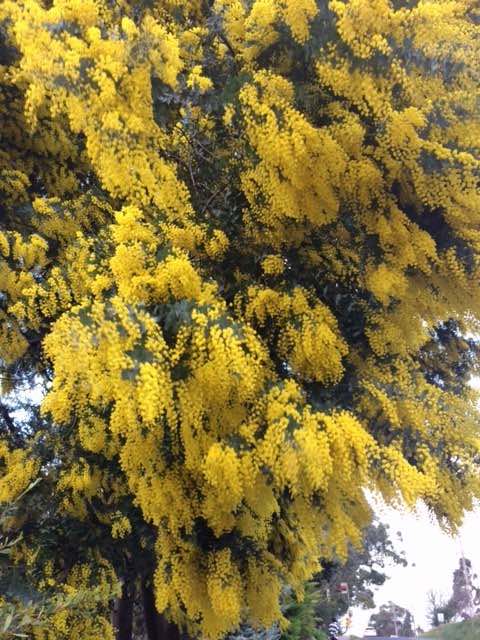
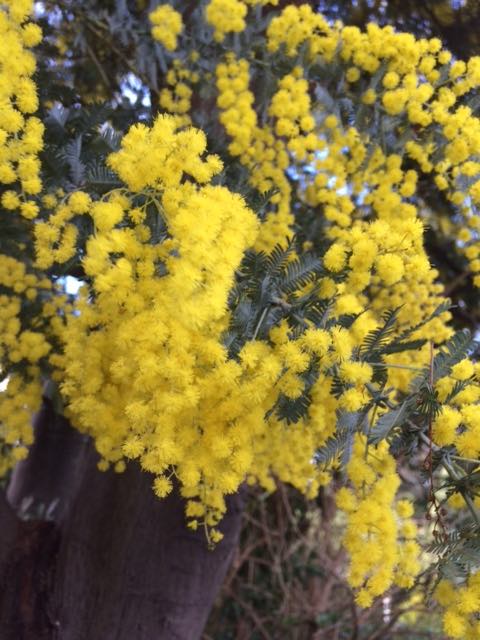
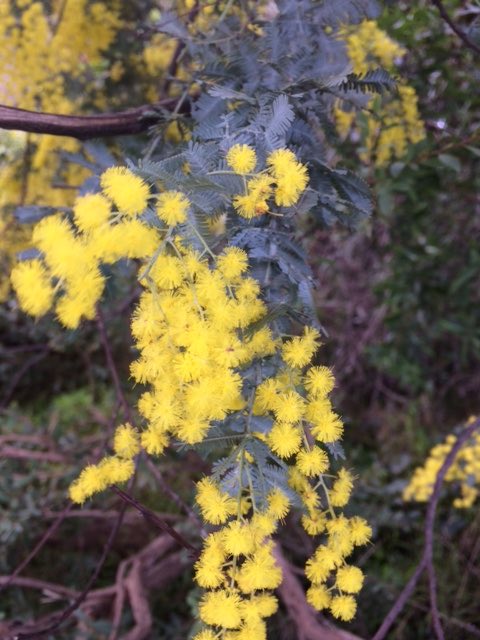
Look at those spectacular yellow flowers! They look like clusters of miniature pom-poms. This tree flowers in winter and brightens the landscape with its cheery color.
Nature Mission: What is flowering where you live?
Step 1) Find a plant in flower!
Your Nature Mission this week is to go outside and find a plant that is in flower. In flower means blooming or producing flowers. Pick a plant that you don’t already know the name of, because that is our mission today: to find and identify something new!
You can search for flowers where you live – there could be a flowering plant in a pot on your balcony, in your garden, or maybe in a neighborhood park. You can do this activity with your parents, carers, or teacher.
Remember, there are many different types of flowering plants, including grasses, herbs, vegetables, annual plants (plants that flower and die in one season), perennial plants (plants that can live for several years), shrubs, and trees.
Once you’ve found a plant with flowers, study it closely. You can draw pictures of it or take some photographs of the flowers and leaves. You may also want to take photographs of the stems, trunk, bark or any other identifying characteristics that will help you figure out what plant you’ve found.
What type of plant did you choose? Is it a tree, a grass, a herb, or a small shrub? (Did you know that the name for a flowering plant is an angiosperm?)
Also note where you found the plant as this may help with figuring out what it is. Is it growing in a pot, in a garden bed, or in the wild? Is your plant growing in sand, rich brown soil, or soil that has lots of clay in it? Is it growing near water (lake, pond, stream, creek, the ocean) or on top of a hill?
Note: The types of plants you can find will depend on where you live. Some plants flower in winter, others in spring, or summer, or autumn. Some plants flower multiple times each year.
Step 2) Name it!
Now that you’ve found your flowering plant and recorded some data (facts and information), see if you can find out what it is called. Your goal could be to find out the plant’s common name like “wattle” or “geranium” or “rose.” Or perhaps you are interested in finding out its scientific name as well, like “Acacia” (this is an example of a genus name) or “Acacia dealbata” (this is an example of a species name).
How do I go about finding out my plant’s name?
You can ask a knowledgeable grown-up to help you. This could be a parent, teacher, or someone you know who loves plants. You could also inquire at a local nursery (take your photos to show them what you saw).
If you ask around and nobody can name your flowering plant, don’t be disheartened! The next step is to do some research. There are a few ways to do this:
Option 1) You can go to the library. A librarian can help point you in the right direction.
Option 2) You can also search the Internet. Input key search words that describe the flowers and plant and where it is found. For instance, for the Australian wattle in the photos above, phrases like “yellow flowers,” “look like pom-poms,” “tree,” and “grows in southeastern Australia” all help. Look at the images that pop up in your search results and see if you can find a match!
Option 3) There are also some apps that can help with plant identification (or plant ID), such as Seek by iNaturalist. Ask your grown-up to help you find the best plant ID app for your local area.

